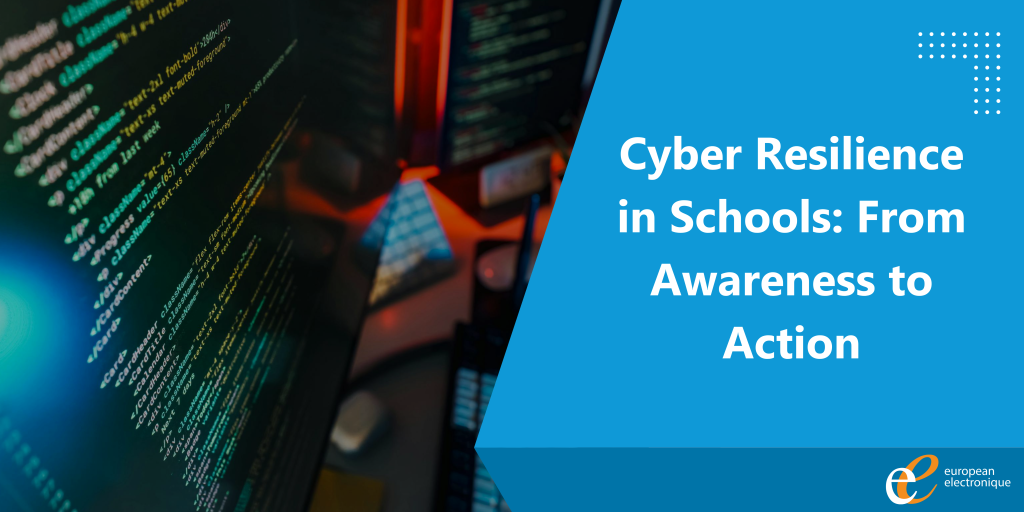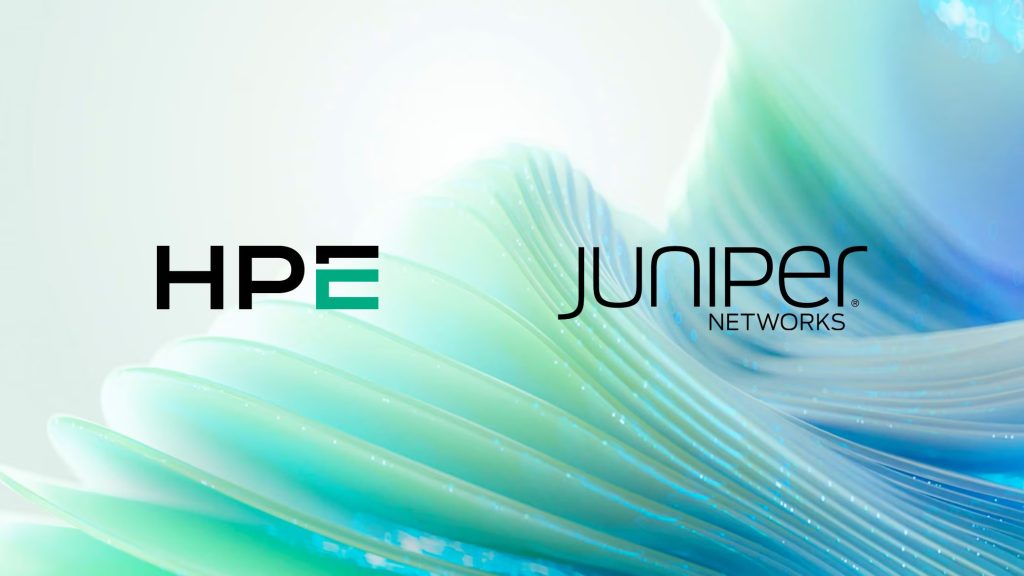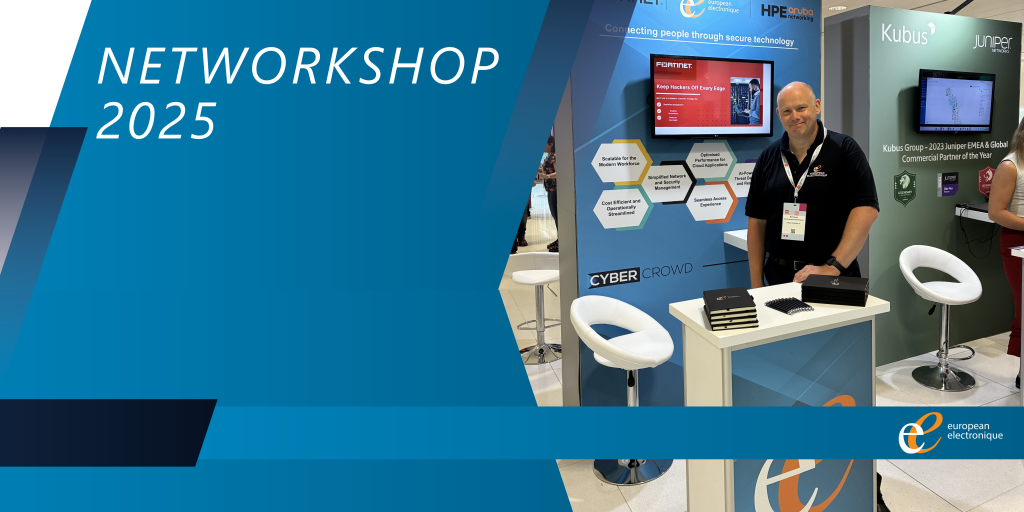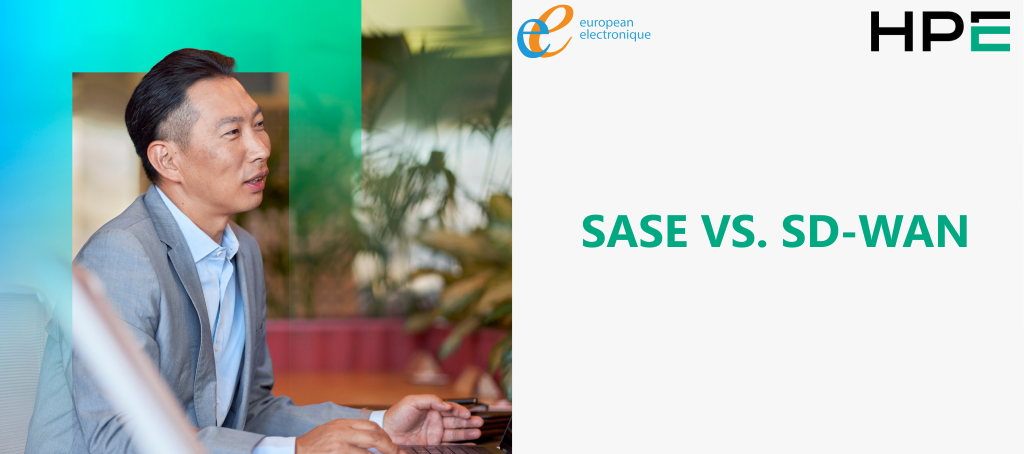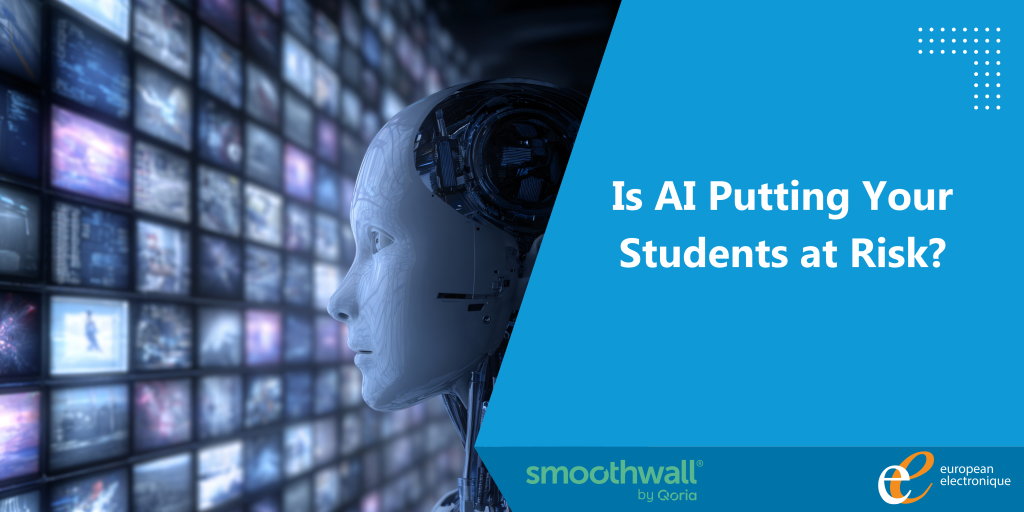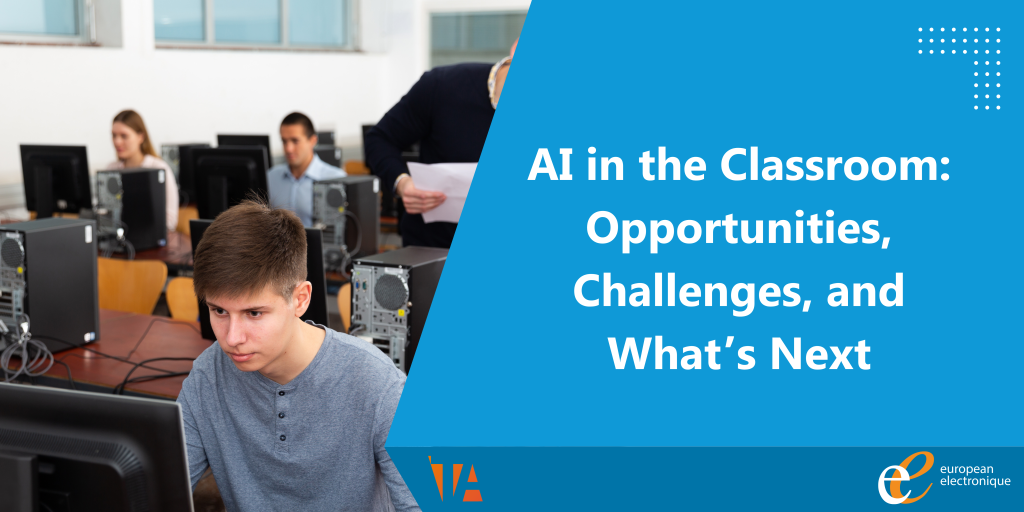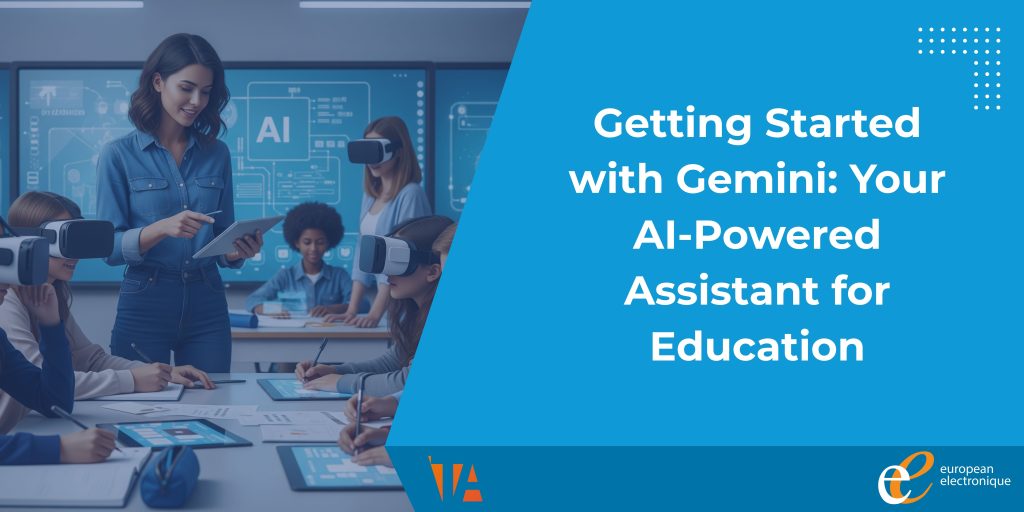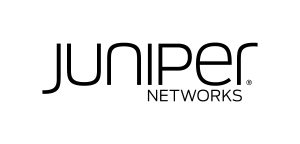AI in the Classroom: Opportunities, Challenges, and What’s Next
On 30th September, we teamed up with Tablet Academy for an engaging Twilight Knowledge Sharing Webinar exploring “Navigating AI in Education: Opportunities, Challenges, and Data Protection for School Leaders.”
Understanding AI and Its Classroom Role
Simon began by breaking down what AI really is and showing how tools like Microsoft Copilot and Google Gemini are already being used in classrooms. He explained that AI isn’t a new idea – it dates to Alan Turing’s early work – but it has recently developed much further thanks to large language models (LLMs), the technology behind today’s digital assistants and chatbots.
Opportunities for Educators
The webinar showcased a range of positive applications for AI across education:
- Reducing workload – drafting letters, lesson plans, quizzes, and differentiated worksheets in seconds.
- Personalised learning – adapting materials for pupils with varying reading ages or additional needs.
- Administrative support – summarising policies, analysing documents, and responding to emails efficiently.
- Creative teaching – using AI image generation to bring literature, history, and student writing to life.
- Professional development – helping teachers refine their prompts and improve outcomes through iteration.
Simon’s message was clear: AI should support, not replace, teachers’ professional judgement. When used safely and critically, it can enhance learning and free up valuable time.
Challenges and Considerations
Despite its potential, AI in education brings significant responsibilities. Key discussion points included:
- Data protection and GDPR compliance – only using approved, secure enterprise tools like Microsoft Copilot or Gemini with school accounts.
- Bias and misinformation – AI can reproduce existing online bias or generate inaccurate responses.
- Intellectual property – understanding who owns student-created work and obtaining appropriate permissions.
- Safeguarding and ethics – ensuring staff and pupils do not upload personal or sensitive data to AI systems.
- Policy development – creating clear AI usage guidelines within a school or trust, supported by staff training.
Simon also encouraged school leaders to form AI steering groups, audit their readiness, and integrate AI literacy into the curriculum to prepare pupils for a future where AI is everywhere.

Key Takeaway
AI is here to stay. The schools that thrive will be those that understand how to harness it safely, ethically, and creatively. As Simon summarised:
“Keep teachers at the heart of education. AI should act as a co-pilot, not an autopilot.”
Want to learn more on how artificial intelligence is transforming education? You can now watch our webinars on YouTube — anytime, anywhere!
